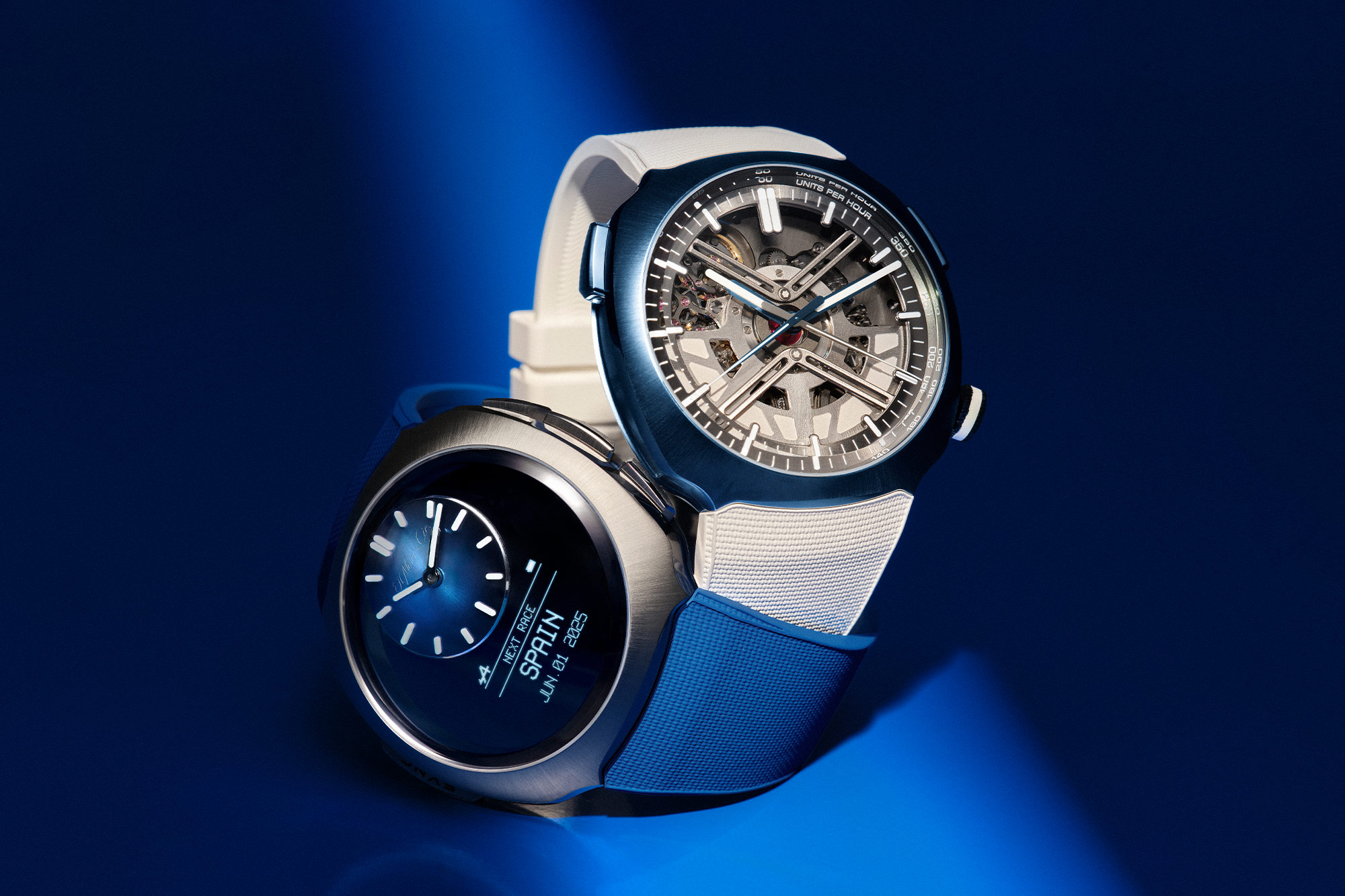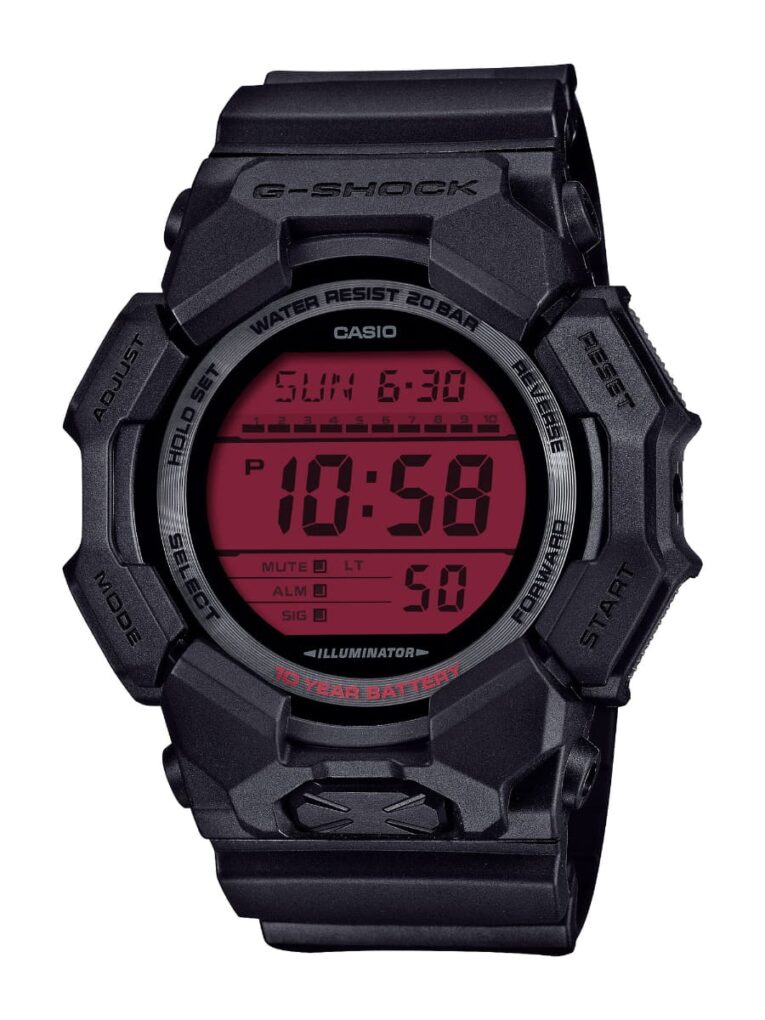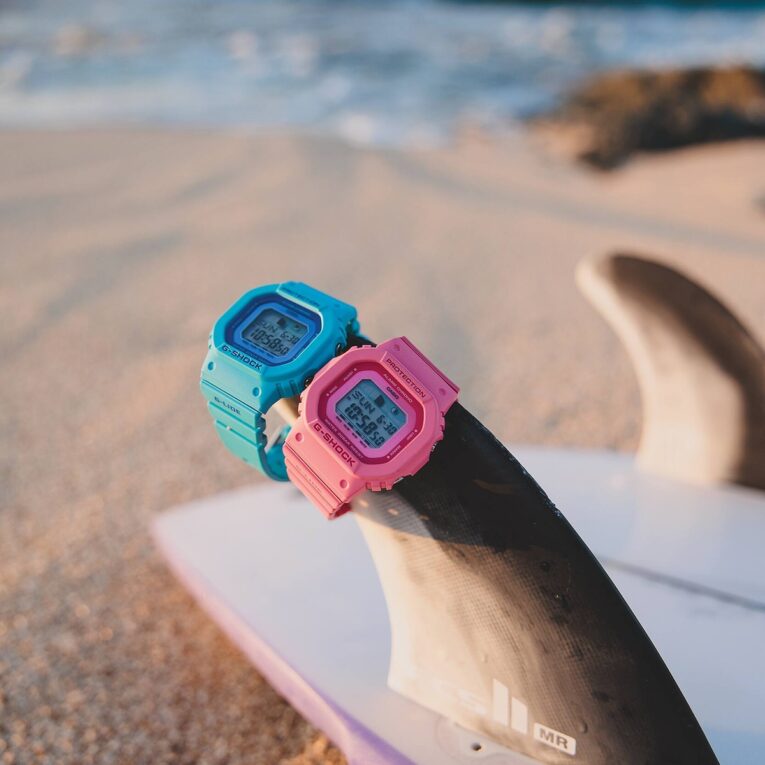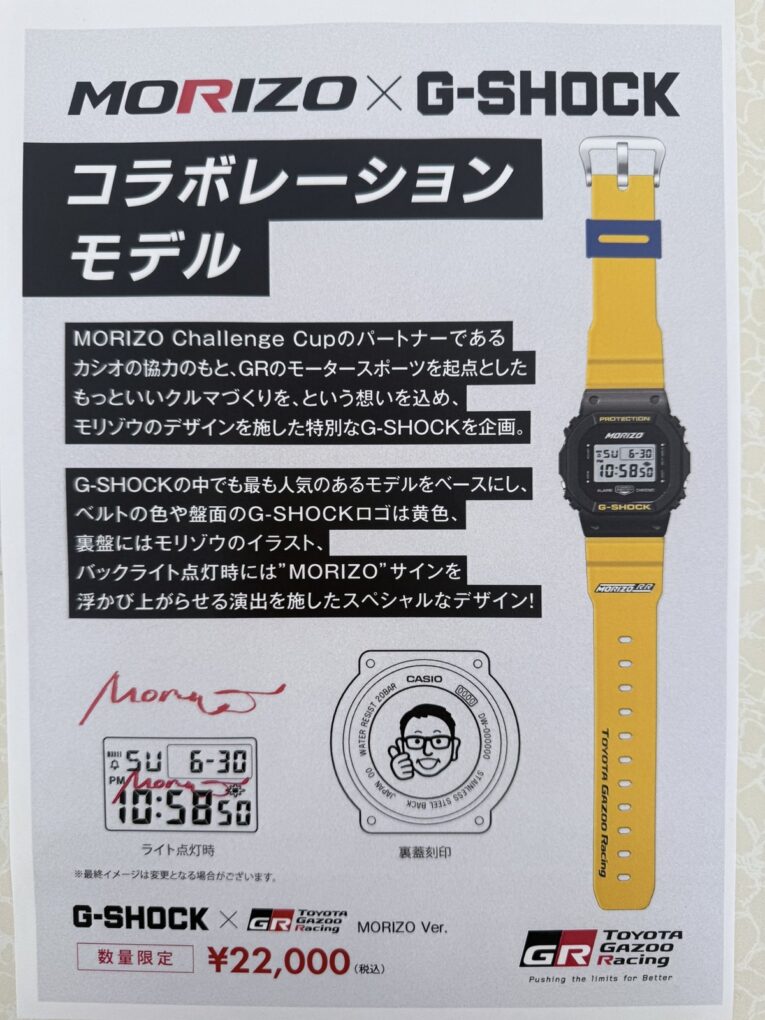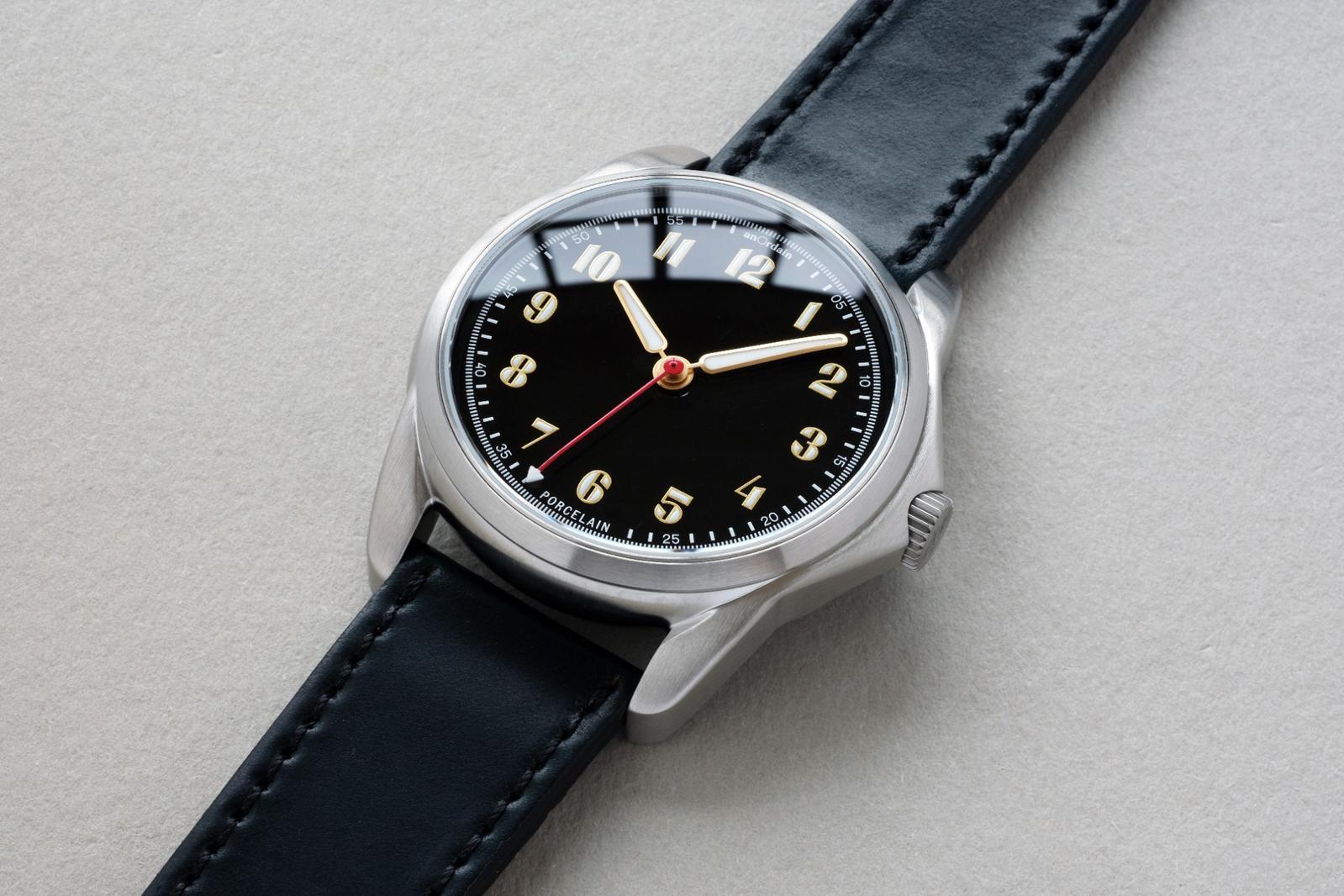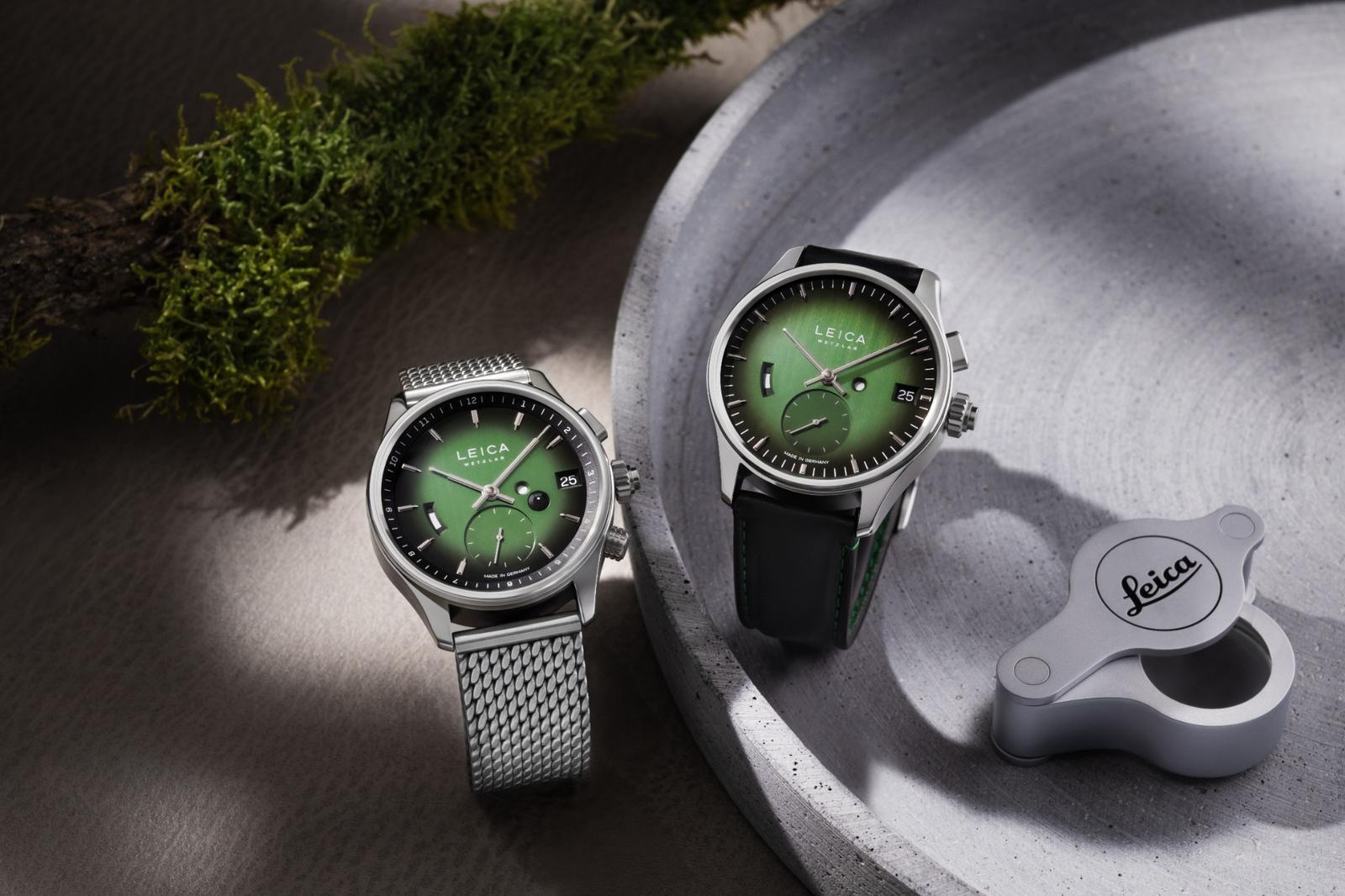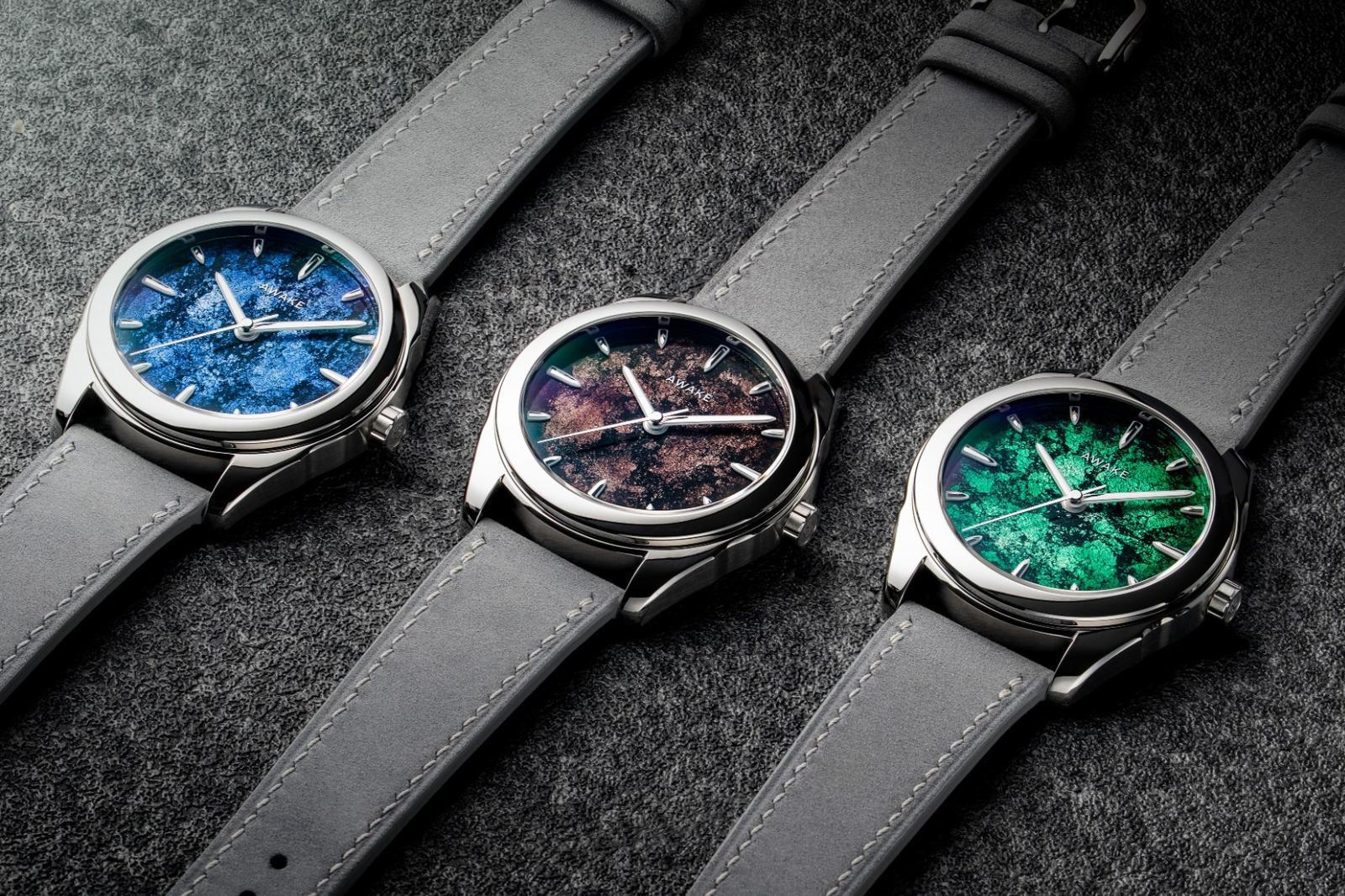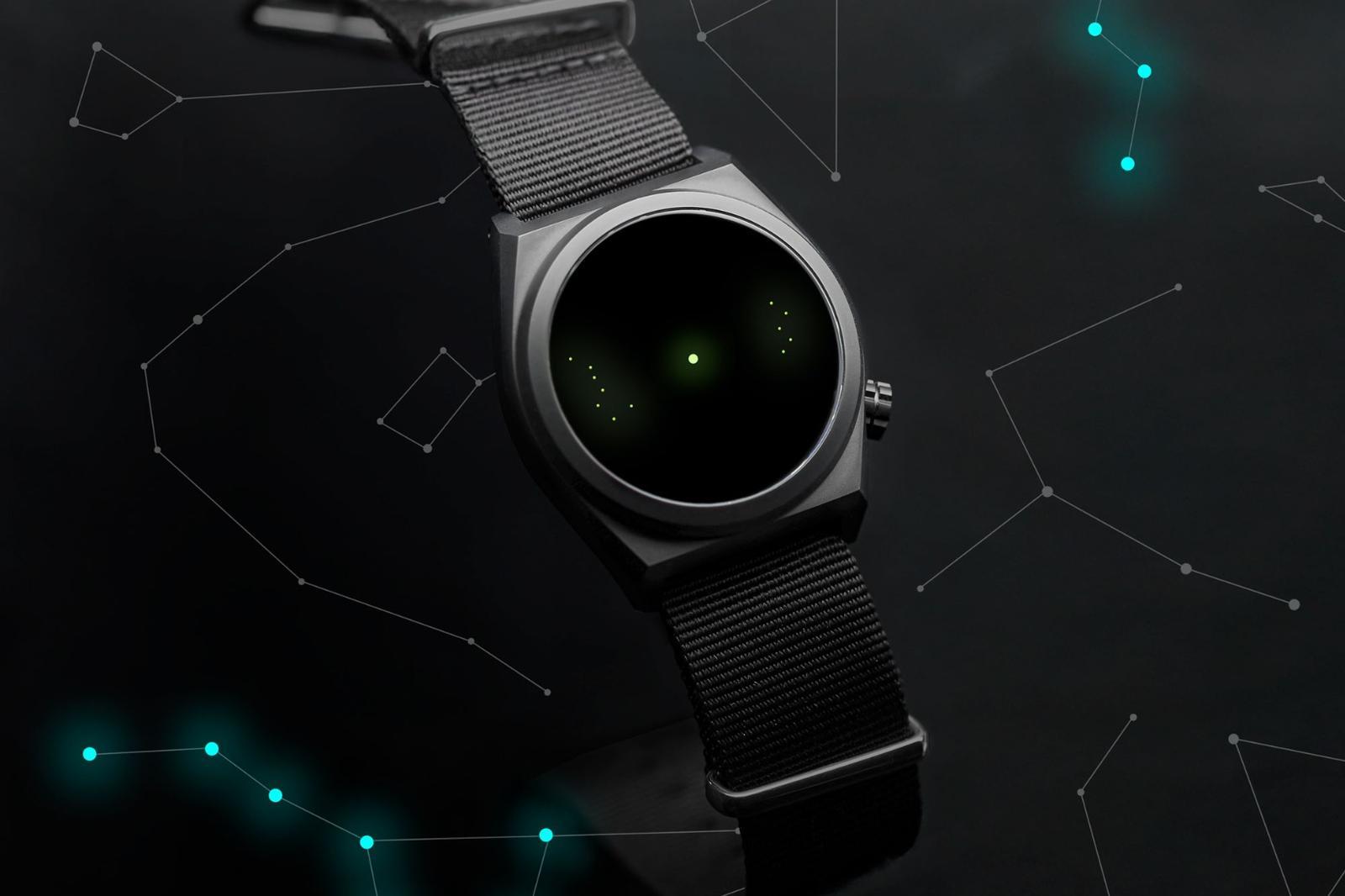


Between their divers and field watches, Boldr is a brand that tends to be very down to earth. Focussed on the practicalities of day-to-day life by producing watches that are comfortable to wear and accessibly priced. However, every now and then they’ll release a watch that bucks that trend with a yearning to get away from the mundanity of Earth-bound life and celebrate the universe beyond our atmosphere. The first watch to do so was the Venture Singularity, inspired by the inescapable void of a black hole. Now they’ve teamed up with WatchGecko for a second stellar timepiece, the Boldr x WatchGecko Polaris Limited Edition, which will be available for the first time at Hands On Horology on June 14th.
Polaris is another name for the North Star, the star by which archaic forms of navigation were able to identify north. However, while Polaris is itself a bright star, finding it in the night sky isn’t always easy, especially in cloudy conditions, so having alternative tricks and tips to locate its position is also essential, often by using other constellations as celestial signposts. One method involves locating the constellation Ursa Major and following the line of its two outer stars, which point towards it. Another is via the constellation Cassiopeia, which is shaped like a W and the centre spoke points at Polaris.

Why is this relevant? Well, the dial of the Boldr x WatchGecko Polaris features an accurate depiction of these three celestial landmarks presented in Super-LumiNova. Ursa Major at 9 o’clock, Cassiopeia at 3 and Polaris central between them on the main handstack. The original inspiration from the dial came from the myriad watches that use aventurine glass to symbolise the night sky but that are woefully inadequate at providing a reference for the actual positions of stars. Though the Boldr isn’t exactly a fully-fledged celestial atlas either, for that you’d need the Vacheron Constantin Les Cabinotiers Solaria Ultra Grand Complication La Première.
Though one advantage that the Boldr x WatchGecko Polaris has over the Vacheron is that you can actually wear it. Its case is based on the Venture, which means it’s crafted from lightweight and durable titanium with dimensions of 38mm x 12mm. It also has a water resistance rating of 200m, making it suitable for a variety of adventures, perhaps even some guided by Polaris itself. Inside the case is the ever-reliable Seiko NH38 automatic movement with 41-hour power reserve.

As I mentioned in the introduction, the watch will first be available to purchase at Hands On Horology on June 14th, taking place at London’s Protein Studios. If you don’t already have your ticket, secure one here. Following the event, any remaining stock will be available from WatchGecko’s online store from June 16th. However, as a limited edition of only 100 pieces if you want to be certain to pick one up, come along to HOH. Priced at £399, it’s also amazing value.
Price and Specs:
Model:
BOLDR
x WatchGecko Polaris
Case:
38mm
diameter × 12mm thickness, titanium
Dial:
Black
dial with Polaris constellations
Water resistance:
200m
(20 bar)
Movement:
Japan
SII calibre NH38A automatic
Frequency:
21,600
vph (3 Hz)
Power reserve:
41h
Functions:
Hours,
minutes, seconds
Strap:
Nylon
strap with custom titanium buckles
Price:
£399,
limited to 100 pieces
More details at WatchGecko.
Oracle Time
